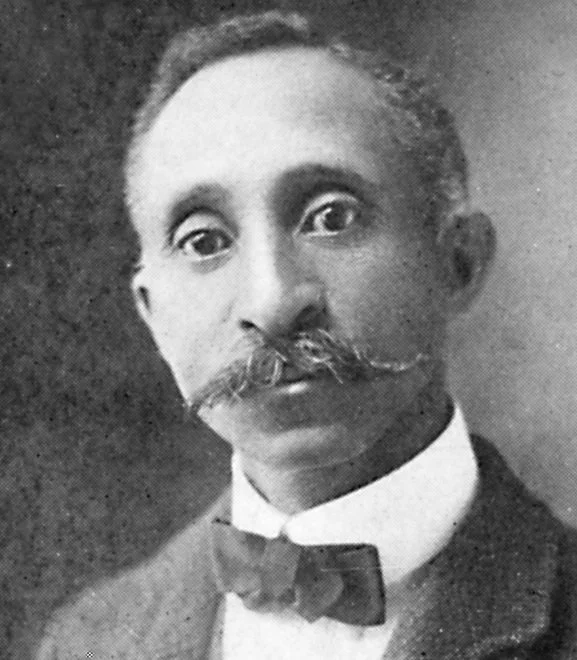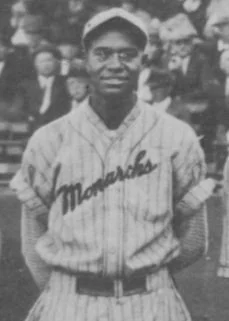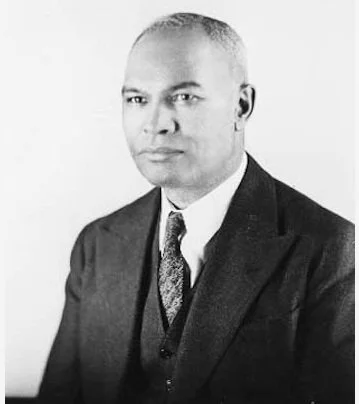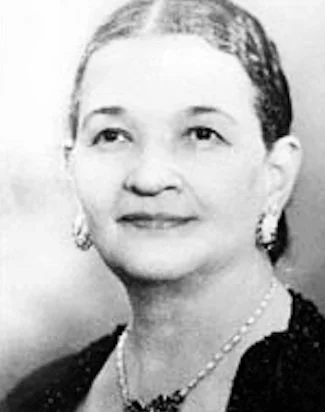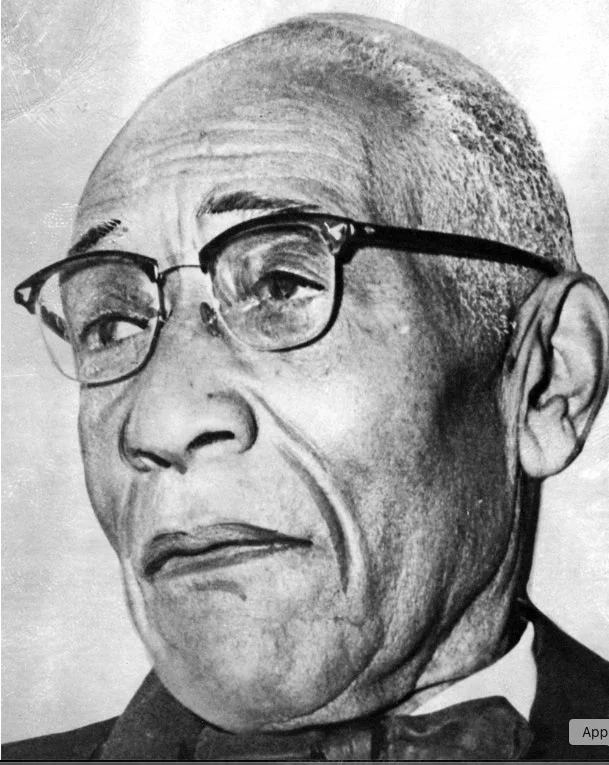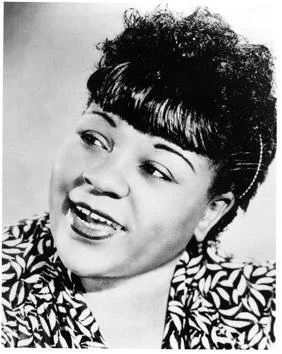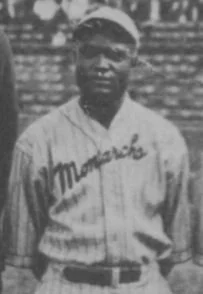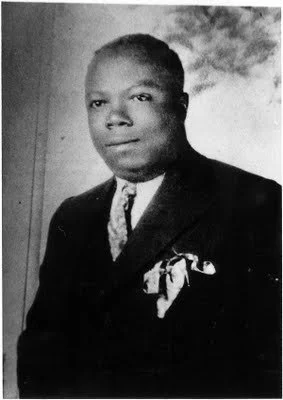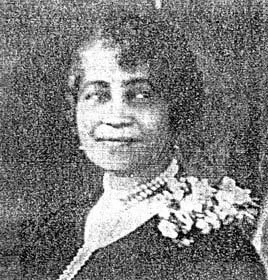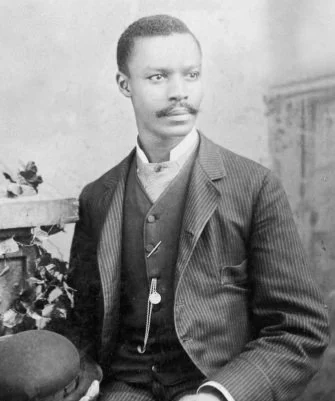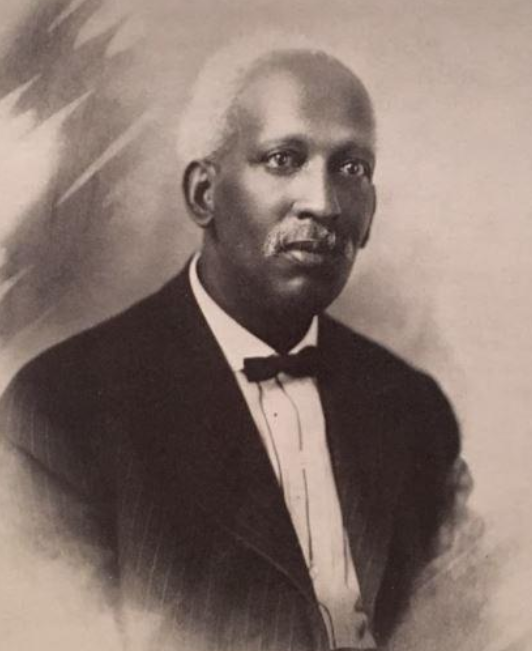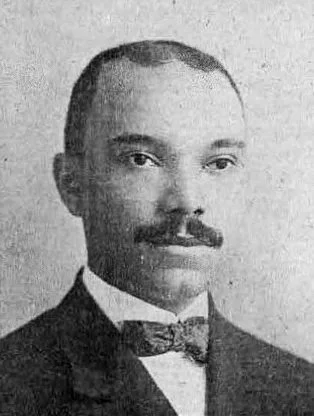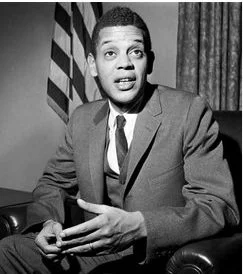Who is Buried in Highland Cemetery?
The exceptional Highland Cemetery history found on the Clio history website which is the source of notable individuals listed below.
The short biographical entries are copied from other published sources with links to more details.
Also Find a Grave is a great resource on who is buried in any given cemetery. Here’s a link for Highland Cemetery.
Notable individuals buried in Highland Cemetery
F. Richard T. Coles (1859 - 1930)
Coles was a Kansas City teacher and principal who not only taught his pupils, but introduced new methods to educate students. Coles initiated the idea in Kansas City of teaching African American grade school children lifetime job skills. His concept conceived a program of industrial training that began providing instructions in skilled fields for children in the fifth grade that continued through high school.
(Source: The Pendergast Years)
Frank Duncan Jr. (1901 - 1973)
Duncan was primarily a catcher for the Kansas City Monarchs, handling their pitching staff for over a decade. While playing part-time, he managed the Monarchs to two pennants in 1942 and 1946; he managed the Monarchs for the longest of all managers in team history with six and he won 281 games as skipper, a club record. He caught two no-hitters with the Monarchs, in 1923 and 1929.
(Source: Wikipedia)
J. Chester A. Franklin (1880 - 1955)
Chester Arthur Franklin founded THE CALL newspaper in May 1919 and owned and operated by him until his death on May 7, 1955. The Kansas City CALL had many obstacles to overcome during its first years. Franklin believed in giving young people a chance to develop. He took them on “green” and trained them to be good newspaper men and women, good printers, salesmen, and clerks.
(Source: Kansas City Library Special Collections)
K. Ada Crogman Franklin
Franklin became nationally known for her production, "Milestones of a Race," which was presented in cities throughout the country. She traveled the length and breadth of the land, developing local casts and training local talent for the leading roles in the pageant. Ada Crogman and Chester Franklin were married in 1925. She began to devote her talent and her interest to the Kansas City community in general and to The Call in particular.
(Source: The Pendergast Years)
G. Daniel Arther Holmes (1876 - 1972)
Holmes was founder of Paseo Baptist Church, was widely known for his fiery sermons, as well as his civil rights activism. Holmes rtook over leadership at Vine Street Baptist Church at 1835 Vine and soon led the church in an expansion program. By 1927 the church was built at its current location at 25th Street and The Paseo and renamed Paseo Baptist Church. Holmes served as pastor for 46 years—from 1921 to 1967.
(Source: The Pendergast Years)
Julia Lee (1902 - 1958)
Lee was an American blues and dirty blues musician. Her most commercially successful number was the US Billboard R&B chart topping hit "(Opportunity Knocks But Once) Snatch and Grab It" in 1947. She is best known for her trademark double entendre songs.
(Source: Wikipedia)
Hurly McNair (1888 - 1948)
McNair was an American baseball player in the Negro leagues and the pre-Negro leagues. He played outfield and pitcher and played from 1911–1937, mostly playing for teams in Chicago and Kansas City, Missouri. After his playing career ended, he also umpired in the Negro American League.
(Source: Wikipedia)
Bennie Moten (1893 - 1935)
Moten was an American jazz pianist and band leader born and raised in Kansas City, Missouri, United States. He led his Kansas City Orchestra, the most important of the regional, blues-based orchestras active in the Midwest in the 1920s, and helped to develop the riffing style that would come to define many of the 1930s big bands.
(Source: Wikipedia)
L. Fredericka Douglass Sprague Perry (1872 - 1943)
Perry was an American philanthropist and activist. Perry founded the Colored Big Sister Home for Girls in 1934 in Kansas City, Missouri. She worked to provide better health care to African-American children and was the granddaughter of Frederick Douglass.
(Source: Wikipedia)
H. Lafayette Tillman (1858 - 1914)
Lafayette Alonzo Tillman was one of the city’s first African-American police officers. He attended Oberlin College in Ohio and Wayland Seminary in Washington D.C. He focused initially on developing his vocal talents, touring with several successful singing groups and once performing at the White House.
(Source: African America Trail of Kansas City)
Dr. E. Thomas C. Unthank (1866-1932)
Unthank rose from a son of former slaves to prominence as a physician and the “father of Kansas City's Negro hospitals.” He attended Howard University School of Medicine in Washington, D.C. Settling after graduation in Kansas City, Unthank joined other African American doctors in establishing Douglass Hospital, Lange Hospital, and the Jackson County Home for Aged Negroes.
(Source: African America Trail of Kansas City)
I.T.B Watkins (1867 - 1960)
John T. Watkins (1873 - 1917)
John T Watkins (known at "J.T.") and his brother Theron (known as T.B.") Watkins founded the Watkins Brothers Funeral Home at 1729 Lydia Ave.. The funeral home later moved to 18th Street and Benton Boulevard, and finally at 4000 Emmanuel Cleaver II Boulevard. T. B. Watkins was the first African American appointed to a draft board in Kansas City. T.B. Watkins was the stepfather of powerful and influential Black political leader Bruce Watkins.
(Source: Clio)
Roger Wilkens (1932 - 2017)
Wilkens was an American lawyer, civil rights leader, professor of history, and journalist who served as the 15th United States Assistant Attorney General under President Lyndon B. Johnson from 1966 to 1969. He was mentored by Supreme Court of the United States Associate Justice Thurgood Marshall early in his career.
(Source: Wikipedia)
